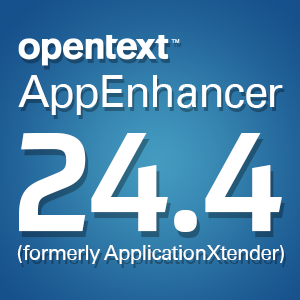Microfilm Scanning Solutions for a Digital World
Friday, October 12, 2018
Historically, microfilm has been a reliable, secure and efficient way to store large amounts of information in a small space. But it can’t compete with the digital format for speed, search, editing and sharing capabilities. And depending on the conditions under which it is stored, microfilm is susceptible to deterioration.
Even so, microfilm did not just go away with the arrival of digital technology. It remains relevant in many categories including law, HR, engineering, and especially public records. Updated microfilm readers, scanners, and conversion scanners have been introduced to try to bridge the divide between old and new and close the gap created when older equipment was discontinued.
“One Bite at a Time”
Until recently, organizations with a lot of film to manage had two options: invest the time and money to scan all of their microfilm rolls to digital images, or invest in the repair or purchase of microfilm readers.
The introduction of equipment that can both read and digitize microfilm images has created a hybrid solution, in which organizations can approach the conversion of microfilm “one bite at a time” – as one of our government clients describes it, comparing the prospect of wholesale conversion of thousands of rolls of old microfilm to the even older joke: “How do you eat an elephant?”
So how do you approach your elephant? Invest in new equipment? Invest in conversion? Or adopt some combination of both?
No two elephants are exactly alike. It’s a decision best approached with an assessment of individual circumstances.
To Scan or Not to Scan
Some factors that will impact your decision:
- How much film do you have and what condition is it in? A vinegar-like smell is a symptom of deterioration.
- What is your budget? Digitizing a lot of film can be expensive. Each roll of film contains hundreds of individual images that have to be separated for conversion to digital images.
- What equipment are you using now?
- How accessible is the information you need in its current format? Is it indexed or organized in a way that it doesn’t require an unreasonable amount of time to locate?
The hybrid solution enabled by equipment like the ScanPro i9300 has a lot of appeal for government use, allowing records to be digitized a little at a time, as they are used. Government records are subject to laws governing their retention and agencies often don’t have the option of doing away with microfilm in one large swoop. Some still put new documents, like property records, on film.
The one-bite-at-a-time approach takes time and has the disadvantage of leaving rolls of film only partly converted. But as-needed digitizing allows old film images to be sharpened and improved with features like live-image editing of pictures and text and automatic straightening and cropping.
The improved digital images can then be easily indexed and integrated into any digital business platform, where unlike your film, they won’t take up physical space or require protection from natural disasters.
Image One Microfilm Scanning & Conversion Solutions
Need help backing up or replacing your microfilm archives? Image One can help you decide whether a microfilm scanning solution or equipment purchase is the right decision for you. With two decades of experience providing state-of-the-art image capture and storage solutions for both government and business use, we are your go-to guide for custom solutions that bridge the best that technology has to offer with the practical needs of your organization.
Contact us to learn more about microfilm scanning and equipment




